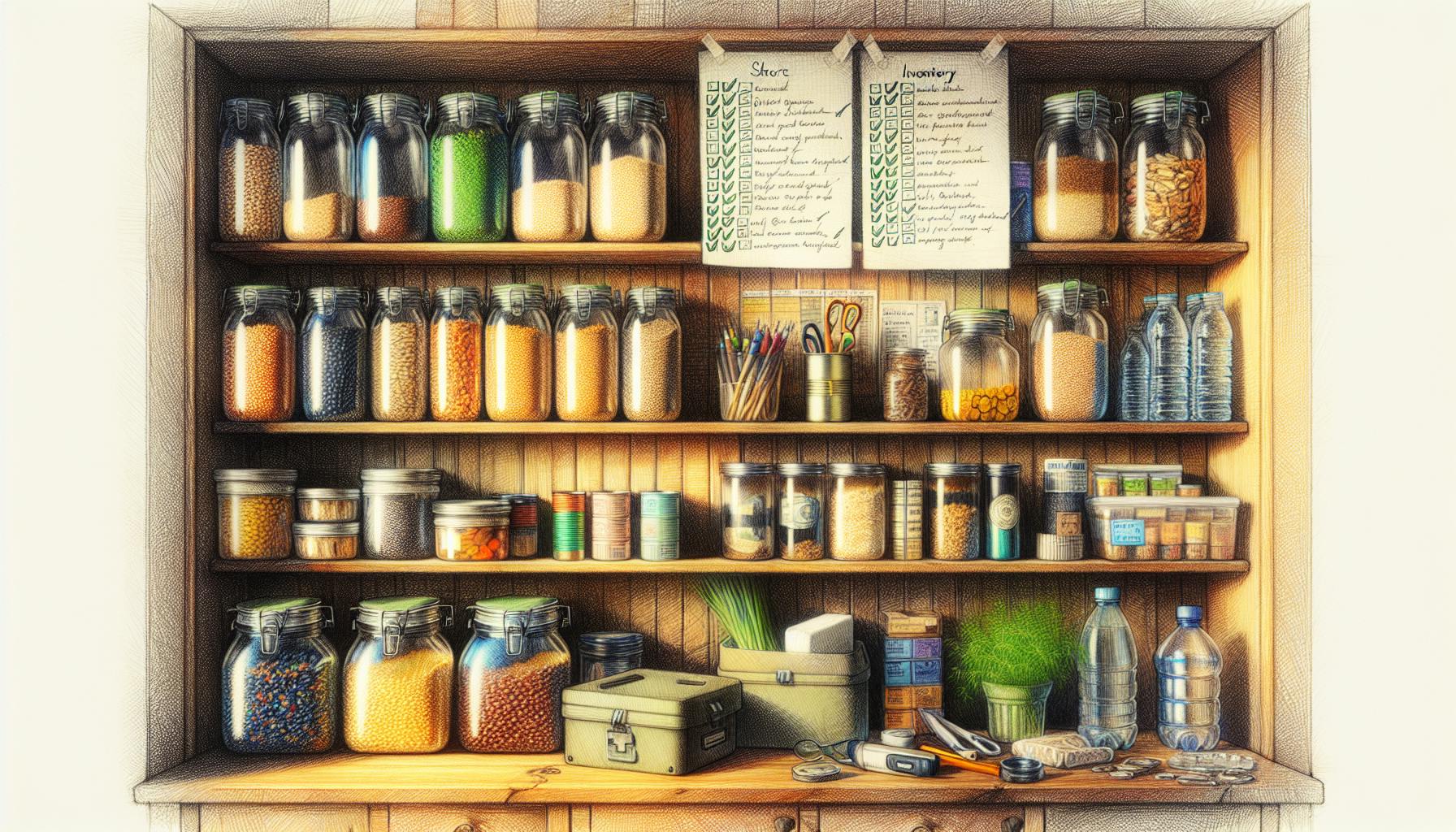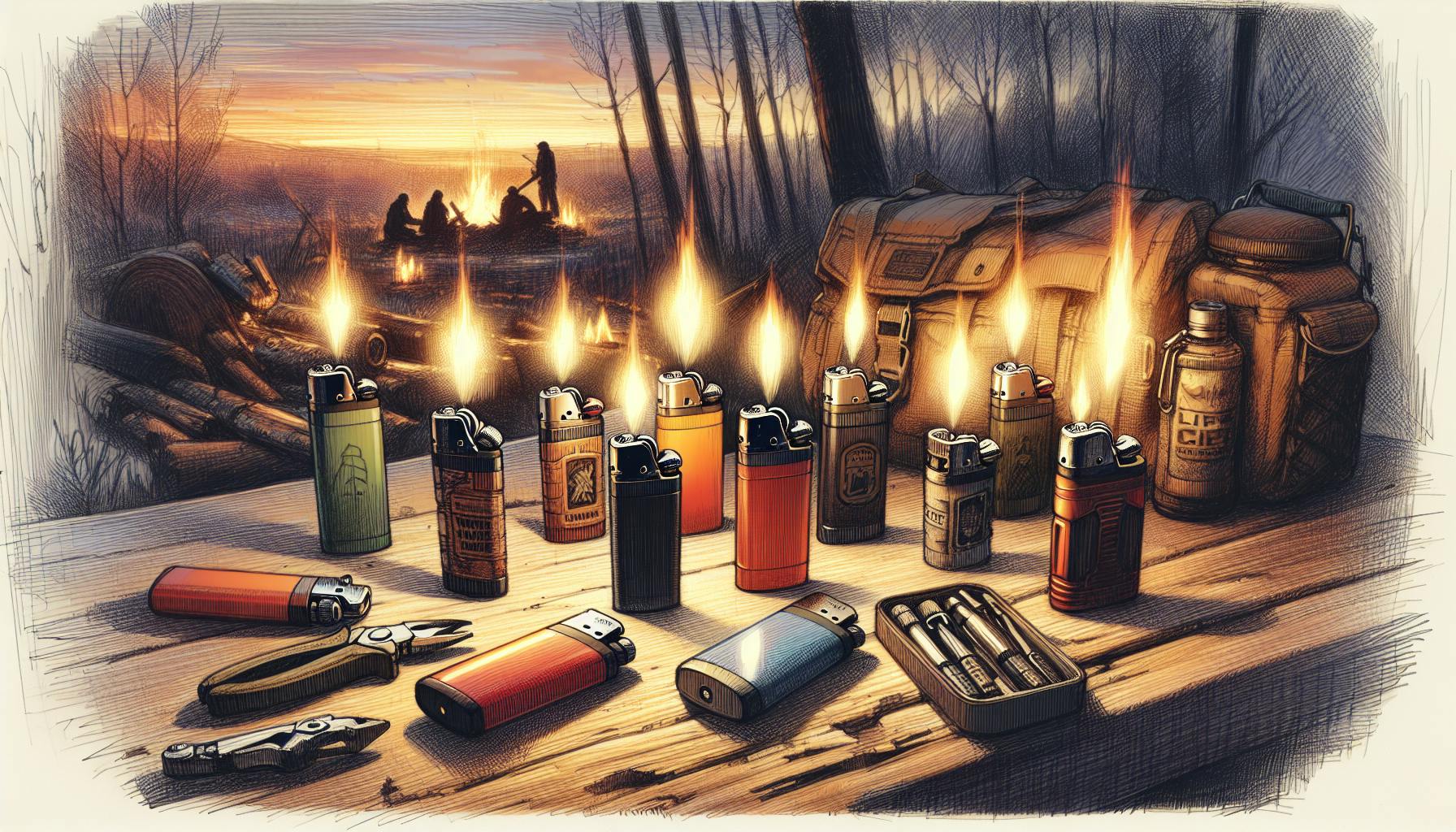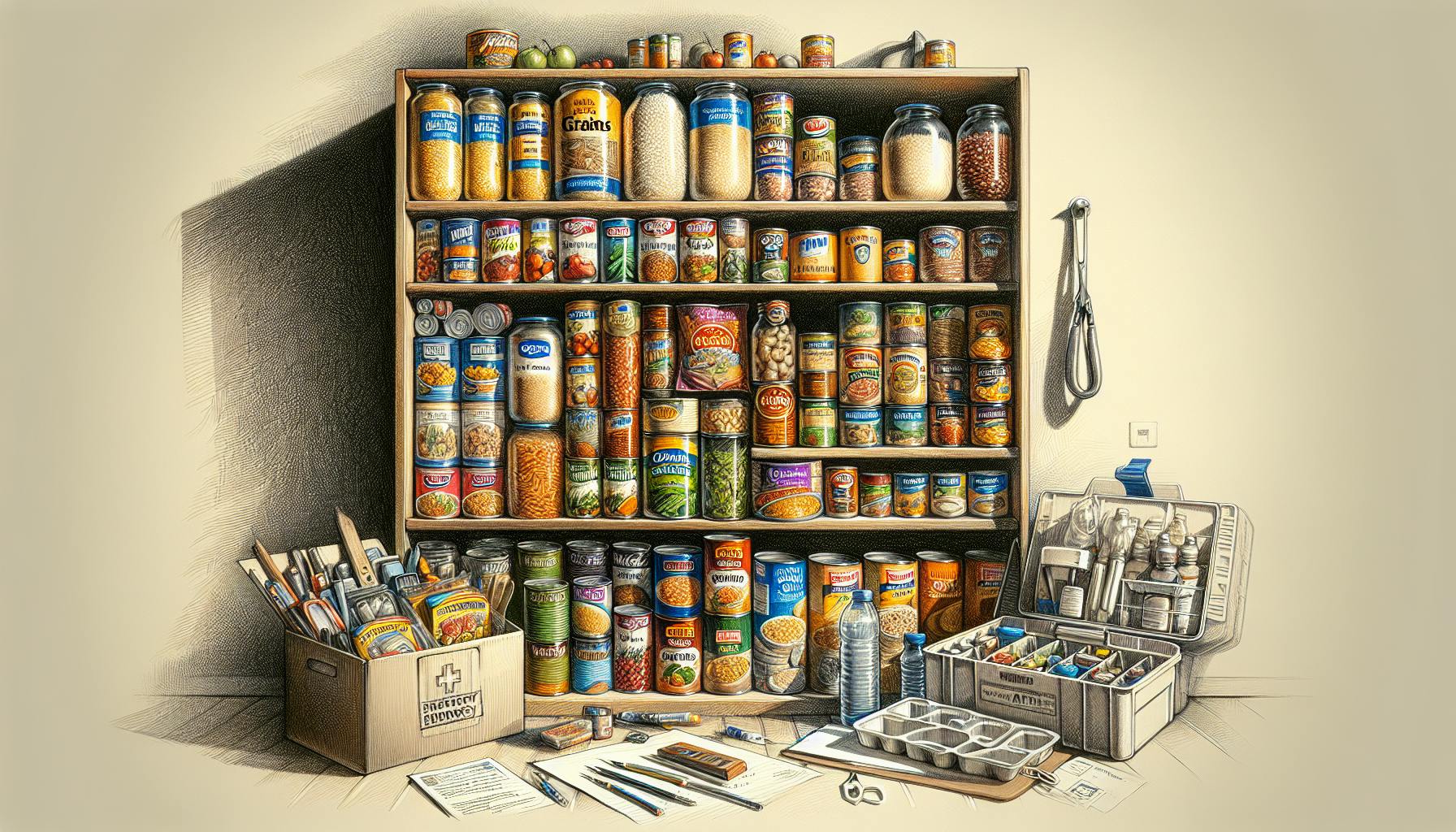Introduction to Water Storage Myths
Having enough stored water is crucial for emergency preparedness and self-reliance. However, many people severely underestimate the amount of water actually required for survival. There are also dangerous myths and misconceptions about water storage that could jeopardize your family's safety if you believe them. This article will debunk 5 of the most common myths about water storage. Understanding the facts will ensure you store adequate safe water reserves to sustain your family when an emergency or disaster strikes.
- Many people greatly underestimate the true amount of water needed for survival.
- There are unsafe myths about water storage that can put lives at risk.
- This article reveals the truth behind 5 common water storage myths.
- Proper water reserves are absolutely vital for handling emergencies.
- Knowing the realities about storage will help you be fully prepared.
Myth #1: Bottled Water is the Best Solution
Many preppers assume stockpiling cases of bottled water is the ideal solution for water reserves. However, relying solely on bottled water has major drawbacks that make it a poor choice for emergency preparedness. Storing your own tap water in food-grade containers is actually cheaper and more reliable long-term.
- Bottled water seems convenient but has critical flaws.
- It's far more expensive per gallon than storing your own tap water.
- You'd need huge amounts of shelf space for adequate bottled reserves.
- The thin plastic bottles degrade over time, leading to leakage and waste.
- Storing tap water in barrels provides a stable, cost-effective supply.
The Problems with Bottled Water
To survive, a typical person needs at least 1 gallon of water per day for bare minimum hydration and sanitation needs. So a family of 4 would need over 14,600 water bottles stockpiled just to last 3 months! At $1 or more per liter, bottled water adds up fast. The flimsy disposable plastic bottles also degrade over time, leading to leakage and wasted water. And all those empty bottles contribute to the global plastic pollution crisis.
- 1 gallon per person per day is the bare minimum for survival.
- A family would need over 14,600 bottles for a 3 month supply!
- Bottled water costs $1 or more per liter, getting extremely expensive.
- The thin bottles degrade, causing leakage and waste.
- Empty bottles create massive plastic pollution.
Storing Your Own Water is Ideal
Tapping into your home's water supply and stockpiling it yourself in food-grade containers is a far better solution. 55-gallon plastic barrels provide a safe and stable supply of stored water at just pennies per gallon. Unlike bottled water, barrel storage takes up far less space for equivalent reserves. And thick-walled barrels do not degrade or lead to leakage issues if properly handled. Rotating the water annually keeps it fresh almost indefinitely.
- Barrel storage of tap water is cheap and reliable long-term.
- It takes up less space and prevents leakage.
- 55-gallon barrels provide water for pennies per gallon.
- The water stays fresh when rotated yearly.
- It's a sustainable solution without plastic waste.
Myth #2: You Only Need 1 Gallon Per Person
Many preppers assume stockpiling 1 gallon per person for their family size is sufficient. But this severely underestimates the total amount of water truly required for survival. Experts recommend at least 3 gallons per person daily for combined drinking, cooking, hygiene and sanitation needs. Consider pets too - they typically need around 2 gallons each per day. Having proper reserves makes the difference between impossible and manageable in an emergency.
- Storing just 1 gallon per person is dangerously inadequate.
- Survival requires at least 3 gallons per person daily.
- Pets need an additional 2 gallons each per day.
- Adequate reserves allow you to endure emergencies.
- Under-stored water puts your family's lives at serious risk.
Myth #3: Any Container Will Do for Water Storage
Many preppers try to save money by using milk jugs, soda bottles and other used household containers to store water. But these makeshift plastic vessels degrade over time, often leading to supply failure right when you need it most. Investing in reliable food-grade water barrels and jugs from trusted brands is crucial. Look for BPA-free plastics with FDA approval for long term drinking water storage. This prevents contamination and gives your reserves longevity.
- Many use unreliable household containers to store water.
- These degrade over time, leading to failure.
- Only food-grade barrels and jugs are dependable.
- Look for BPA-free, FDA approved models.
- Quality containers prevent critical issues.
Avoid These Unreliable Vessels
Avoid reusing milk or juice jugs, soda bottles, bleach containers, or other household plastics for water storage. These degrade over time leading to cracks, pinholes and leaks. Many also contain sugars, flavors, or chemicals that can taint water. And most standard plastics leach chemicals when water is stored over 6 months. Using makeshift containers risks wasting your precious reserves.
- Milk and juice jugs crack and leak over time.
- Soda bottles contain sugars and flavors.
- Household containers often aren't food-grade.
- Plastics leach chemicals into water over months.
- These unreliable vessels jeopardize your water.
Look for These Reliable Containers
Invest in 55-gallon plastic water barrels, the ideal option for large volume water storage. Leading brands like Reliance and WaterBrick offer durable BPA-free models. Or choose smaller 5-7 gallon BPA-free jugs from Aqua-Tainer for portable reserves. Look for the NSF certification label to ensure food-grade, FDA compliant construction. Spending a bit more upfront on quality containers prevents failure when you desperately need water.
- 55-gallon barrels are ideal for bulk home storage.
- 5-7 gallon jugs good for portable water reserves.
- Seek NSF/FDA certified food-grade models.
- Trusted brands include Reliance, WaterBrick, Aqua-Tainer.
- Quality containers prevent disasters down the road.
Myth #4: Tap Water is Unsafe for Storage
Some preppers wrongly believe tap water is unsafe or needs treatment for long-term storage. But municipal tap water is tightly regulated in most areas and fine for storage when properly sealed in containers. The key is rotating stock annually before any degradation occurs. You can also add specialized water preserver products from brands like Potable Aqua to jugs for 5+ year shelf life. Storing untreated tap water is an economical way to build your reserves.
- Tap water is safe for storage despite myths.
- Municipal supplies are tightly regulated.
- Rotating annually prevents degradation over time.
- Add preserver like Potable Aqua for 5+ year shelf life.
- Untreated tap water storage is cheap and reliable.
Myth #5: You Can't Store Too Much Water
Some hardcore preppers stockpile massive amounts of water far beyond reasonably needed quantities. But excess reserves create practical problems, require back-breaking work to transport, and are unnecessary in most situations. Aim to have at least 2-4 weeks of water storage per person as a minimum. Dedicated preppers can store up to 3 months of water reserves per person. Beyond that requires intense logistics and space.
- Storing excess water creates big problems.
- Transporting huge amounts is extremely heavy labor.
- All that weight can damage floors over time.
- The space could be better used for other preps.
- Have realistic reserves for your needs and abilities.
The Downsides of Massive Water Stockpiles
For most preppers, keeping more than 3 months of water reserves per person is impractical. The sheer quantity and weight of so much water makes transport nearly impossible during an emergency. That much weight also risks damaging floors and foundations over the long term. And maintaining huge supplies incurs major unnecessary costs for containers, space, and upkeep. Find the right balanced reserves for your specific situation.
- Huge volumes are impossible to transport by hand.
- The heavy weight damages structures over time.
- Water could expire before being rotated.
- Excess incurs major unnecessary costs.
- Balance reserves with space and needs.
Recommended Emergency Water Storage Quantities
Here are practical water storage targets for most preppers:
- 2 weeks minimum: 1 gallon per person daily
- 1 month: 1.5 gallons per person daily
- 3 months: 3 gallons per person daily (or up to 4 gallons if space allows)
- 6 months: Only for dedicated preppers with resources
- 1 year: Only for hardcore preppers with large secure storage space
Stick to reasonable quantities that will be realistically usable and maintainable for your situation. Rotate and replace water every 12 months.
Conclusion and Summary of Key Points
- Bottled water is problematic long-term - tap water in barrels is more reliable.
- Plan for at least 3 gallons daily per person, plus pet needs.
- Invest in food-grade barrels and jugs for safe water storage.
- Rotate water every 12 months to keep your supply fresh.
- Find the right balanced reserves for your space and abilities.
Adequate water storage is absolutely vital, but watch out for common prepping myths. Arm yourself with facts so you have enough safe reserves to survive real-world emergencies and achieve self-reliance. Use quality containers, have practical quantities, and diligently rotate your supply. Now you're prepared with a life-giving water stockpile when calamity strikes!


